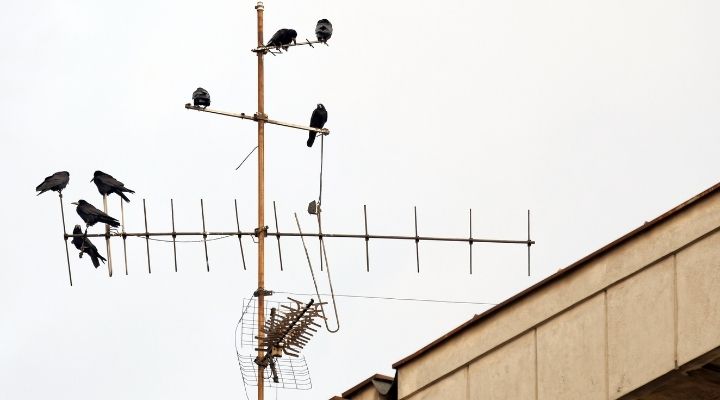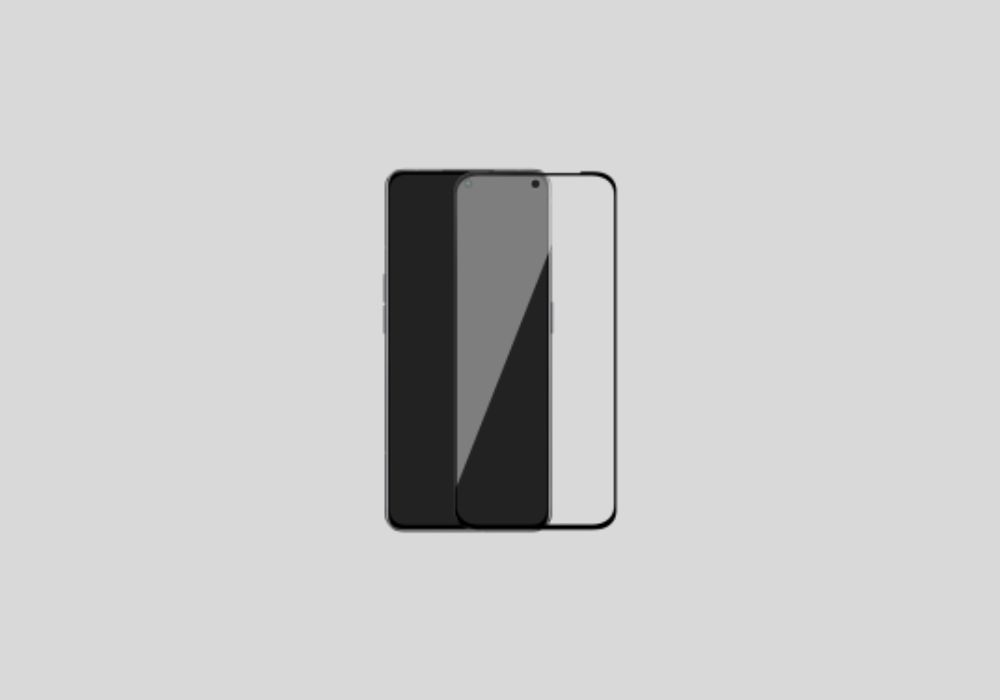UHF (Ultra High Frequency) and VHF (Very High Frequency) are two types of frequencies used by television stations to transmit their signals. When choosing an antenna to receive these signals, it is important to know the difference between the two and which one is best suited for your needs. This article will provide a comprehensive comparison between UHF and VHF television antennas, explaining the key differences between the two.
difference between uhf and vhf tv antenna
Learn the key differences between UHF and VHF TV antennas including frequency range, signal strength, antenna design, range, and reception quality. Find out which type of antenna is best for your needs with our in-depth comparison.
Frequency Range
The first and most obvious difference between UHF and VHF television antennas is the frequency range they are designed to receive. UHF frequencies range from 470 MHz to 700 MHz, while VHF frequencies range from 47 MHz to 250 MHz. This means that UHF antennas are capable of receiving higher frequency signals, while VHF antennas are better suited for lower frequency signals.
Signal Strength
Another important factor to consider when choosing between UHF and VHF antennas is signal strength. In general, UHF signals are stronger than VHF signals, making UHF antennas a better choice for those who live in areas with weak signal strength. UHF antennas are also less susceptible to interference, which is a common problem with VHF signals. This is due to the higher frequency of UHF signals, which makes it easier for the antenna to receive a clear signal.
Antenna Design
The design of UHF and VHF antennas also plays a role in determining which type of antenna is best suited for your needs. UHF antennas are typically smaller and more compact than VHF antennas, making them easier to install and less obtrusive. UHF antennas also have a wider beam width, which means they can receive signals from multiple directions at once.
On the other hand, VHF antennas are typically larger and have a more directional design, making them better suited for receiving signals from a specific direction. This is particularly useful for those who live in areas with weak signal strength and need to aim their antenna in the direction of the nearest television tower.
Range and Reception Quality
When it comes to range and reception quality, UHF antennas are generally better suited for those who live in urban areas with many television towers. UHF signals have a longer range and are less susceptible to interference, making them a better choice for those who live in densely populated areas.
However, VHF signals are better suited for those who live in rural areas or areas with weak signal strength. This is because VHF signals are more sensitive and can penetrate through obstructions more easily, making them a better choice for those who live in areas with trees, buildings, or other obstacles that may block the signal.
Are most TV channels UHF or VHF?
Most television channels in the United States are now broadcast on UHF frequencies. Prior to the transition to digital television, many channels were broadcast on VHF frequencies. However, the switch to digital television has allowed broadcasters to utilize UHF frequencies more effectively, leading to a shift away from VHF.
In the United States, channels 2 through 13 are in the VHF frequency range, while channels 14 through 51 are in the UHF frequency range. However, not all of these channels are currently in use for television broadcasting. The exact number and frequency of television channels can vary depending on your location and the availability of television towers in your area.
Regardless of whether channels are broadcast on UHF or VHF frequencies, all digital TV signals use the same basic technology and can be received with the proper antenna setup. If you are using an antenna to receive digital TV, it is generally best to choose a UHF antenna, as UHF signals tend to be stronger and more reliable than VHF signals. However, it is always a good idea to conduct a channel scan to determine the availability of channels in your area and to ensure that you have the right antenna setup to receive them.
Do I need a UHF or VHF antenna for digital TV?
For digital TV, you can use either a UHF or a VHF antenna. However, in most cases, a UHF antenna is the better choice. This is because digital TV signals are typically transmitted on UHF frequencies, which offer better signal strength and a wider range of channels. Additionally, UHF antennas are typically more compact and easier to install than VHF antennas, making them a more convenient choice.
If you are currently receiving analog TV signals on VHF frequencies, you may be able to use the same antenna for digital TV. However, in some cases, you may need to upgrade to a UHF antenna or install a combination UHF/VHF antenna in order to receive all the digital channels available in your area.
It is important to note that the availability of digital TV channels can vary depending on your location, the number of television towers in your area, and the type of antenna you are using. To determine the best antenna for your needs, you can conduct a channel scan using your television or a digital TV tuner. This will give you an accurate list of the available channels in your area and help you determine the best antenna to receive them.
how to choose best antenna for low VHF channels
Choosing the best antenna for low VHF channels can be a bit of a challenge, as these channels have a lower frequency range and can be more susceptible to interference. However, with a few key considerations, you can find the right antenna to meet your needs. Here are some factors to keep in mind when selecting an antenna for low VHF channels:
- Directionality: Low VHF channels have a directional signal, so you’ll want to choose an antenna that can receive signals from a specific direction. A directional antenna with a long boom and high gain, such as a Yagi antenna, is a good choice for low VHF channels.
- Range: Consider the distance from your location to the nearest television tower, as this will help determine the range you need in an antenna. The further away you are from the tower, the larger the antenna you’ll need.
- Obstructions: If you live in an area with trees, buildings, or other obstructions that could block the signal, you’ll want to choose an antenna with a high gain. This will help the antenna receive the low VHF signals more effectively.
- Amplification: If you live in an area with weak signal strength, an amplifier can help boost the signal and improve reception. However, it’s important to keep in mind that amplification can also amplify any interference, so you’ll want to choose an amplifier with low noise.
- Frequency range: Make sure to choose an antenna that is designed to receive low VHF frequencies, which range from 47 MHz to 88 MHz.
In conclusion, when choosing the best antenna for low VHF channels, consider factors such as directionality, range, obstructions, amplification, and frequency range. With these considerations in mind, you can find the right antenna to meet your needs and enjoy clear, reliable television reception.
Conclusion
In conclusion, UHF and VHF television antennas each have their own unique advantages and disadvantages. When choosing between the two, it is important to consider factors such as frequency range, signal strength, antenna design, range, and reception quality. By weighing the pros and cons of each type of antenna, you can make an informed decision and choose the one that is best suited for your needs.





